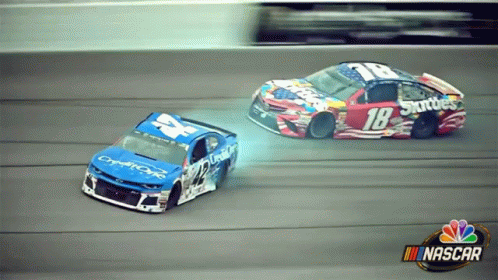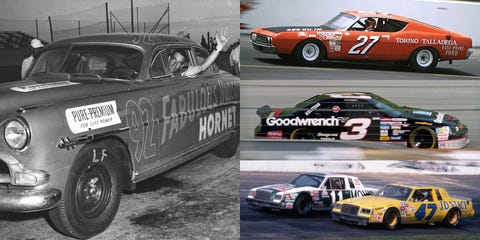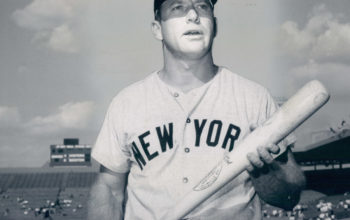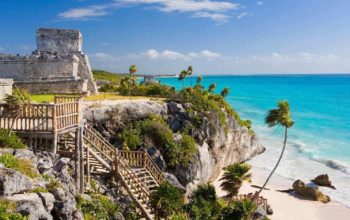This week in history. On February 21, 1948, the National Association for Stock Car Racing—or NASCAR, as it will come to be widely known—is officially incorporated.
The following written content via History

On February 21, 1948, the National Association for Stock Car Racing—or NASCAR, as it will come to be widely known—is officially incorporated. NASCAR racing will go on to become one of America’s most popular spectator sports, as well as a multi-billion-dollar industry.

The driving force behind the establishment of NASCAR was William “Bill” France Sr. (1909-1992), a mechanic and auto-repair shop owner from Washington, D.C., who in the mid-1930s moved to Daytona Beach, Florida. The Daytona area was a gathering spot for racing enthusiasts, and France became involved in racing cars and promoting races. After witnessing how racing rules could vary from event to event and how dishonest promoters could abscond with prize money, France felt there was a need for a governing body to sanction and promote racing. He gathered members of the racing community to discuss the idea, and NASCAR was born, with its official incorporation in February 1948. France served as NASCAR’s first president and played a key role in shaping its development in the sport’s early decades.
NASCAR held its first Strictly Stock race on June 19, 1949, at the Charlotte Speedway in North Carolina. Some 13,000 fans were on hand to watch Glenn Dunnaway finish the 200-lap race first in his Ford; however, Jim Roper (who drove a Lincoln) collected the $2,000 prize after Dunnaway was disqualified for illegal rear springs on his vehicle. In the early years of NASCAR, competitors drove the same types of cars that people drove on the street–Buicks, Cadillacs, Oldsmobiles, among others–with minimal modifications. (Today, the cars are highly customized.)
In 1950, the first NASCAR-based track, the Darlington Raceway in South Carolina, opened. More new raceways followed, including the Daytona International Speedway, which opened in 1959. Lee Petty won the first Daytona 500, which was run on February 22 of that year. The Daytona 500 became NASCAR’s season opener and one of its premiere events. Lee Petty’s son Richard, who began his racing career in 1958, won the Daytona 500 a record seven times and became NASCAR’s first superstar before retiring in 1992. On February 18, 1979, the first live flag-to-flag coverage of the Daytona 500 was broadcast on television. An end-of-the-race brawl between drivers Cale Yarborough and Donnie and Bobby Allison was a huge publicity generator and helped boost NASCAR’s popularity on a national scale. Read more from History.





